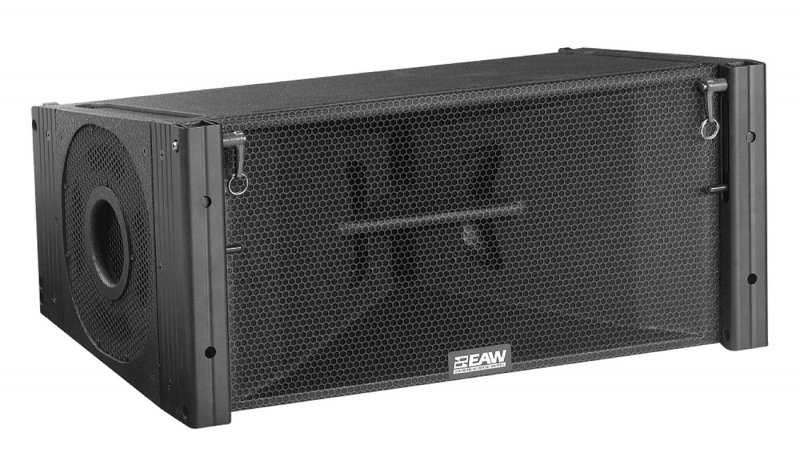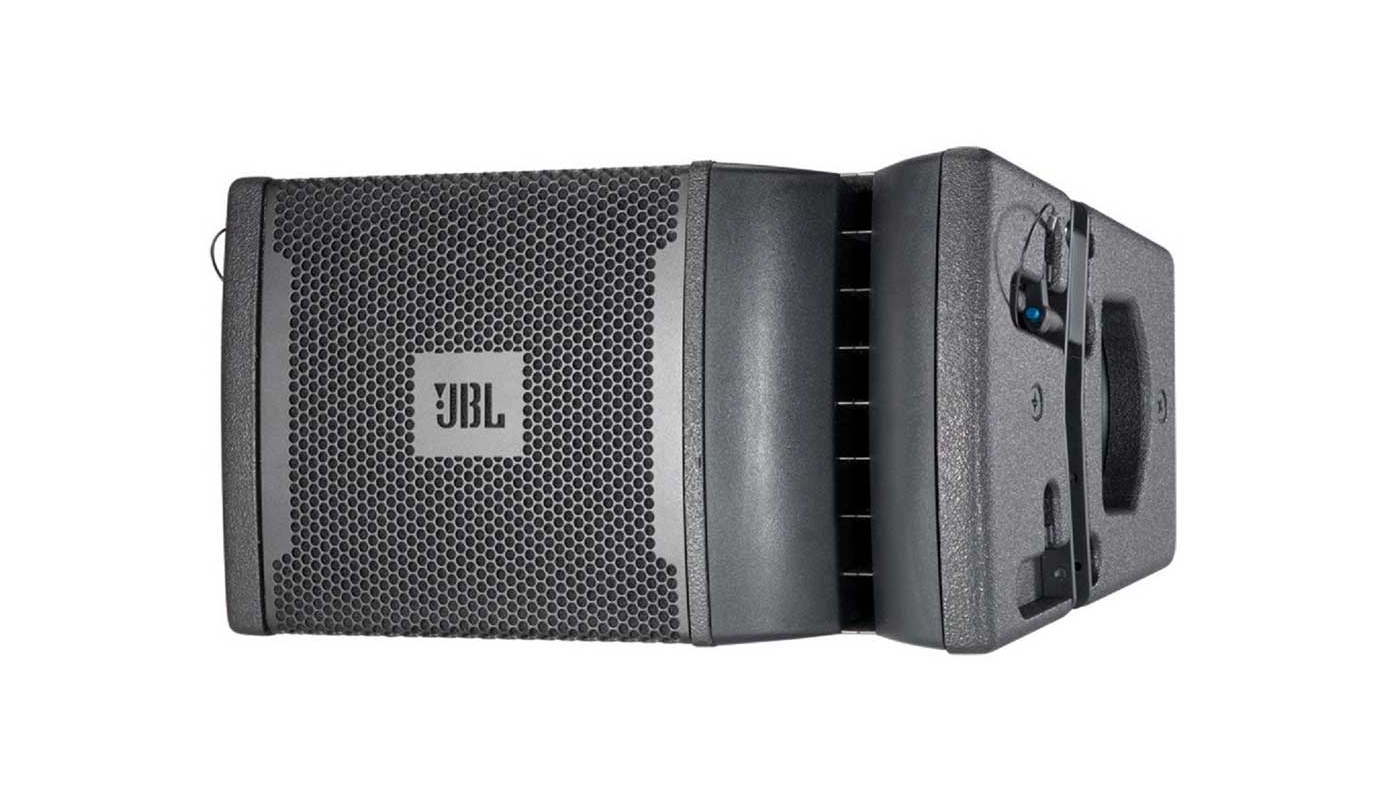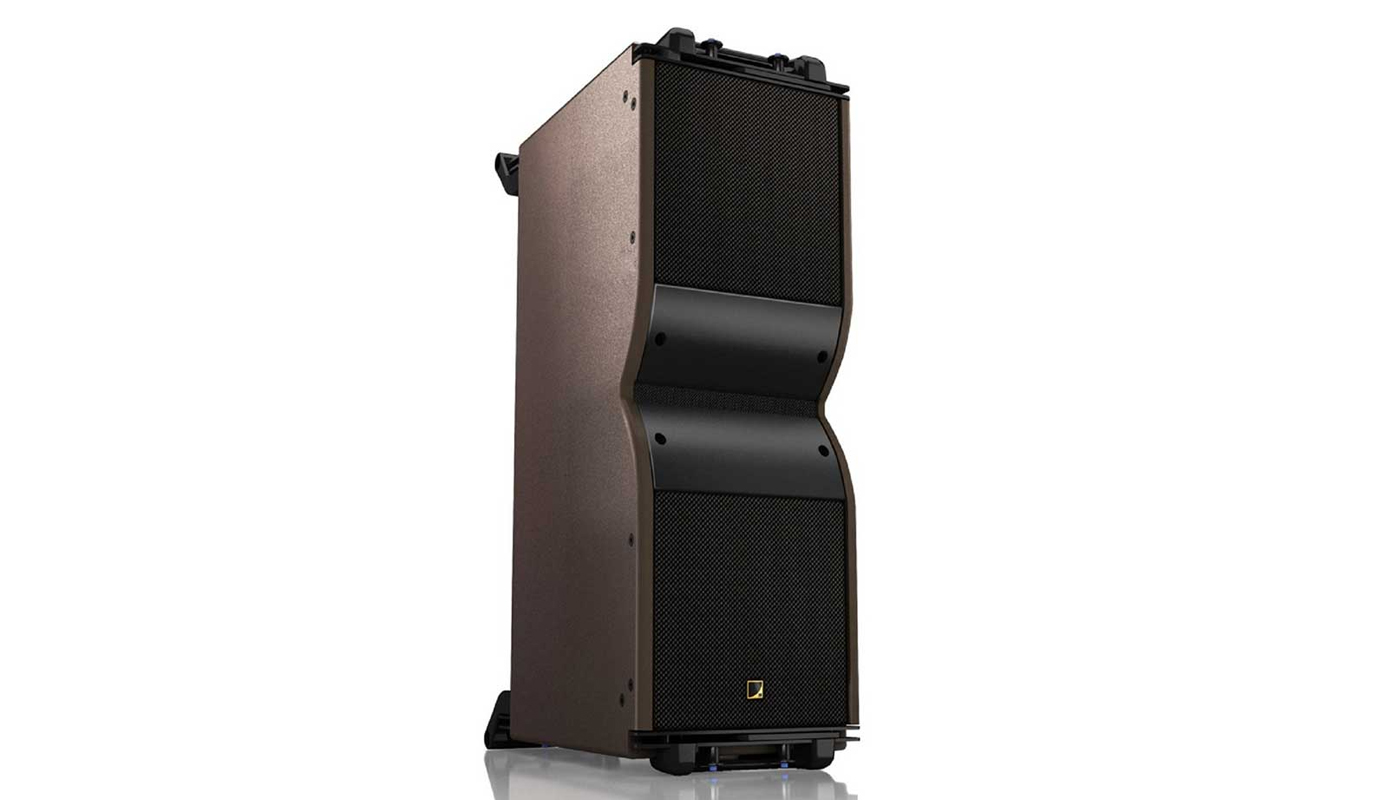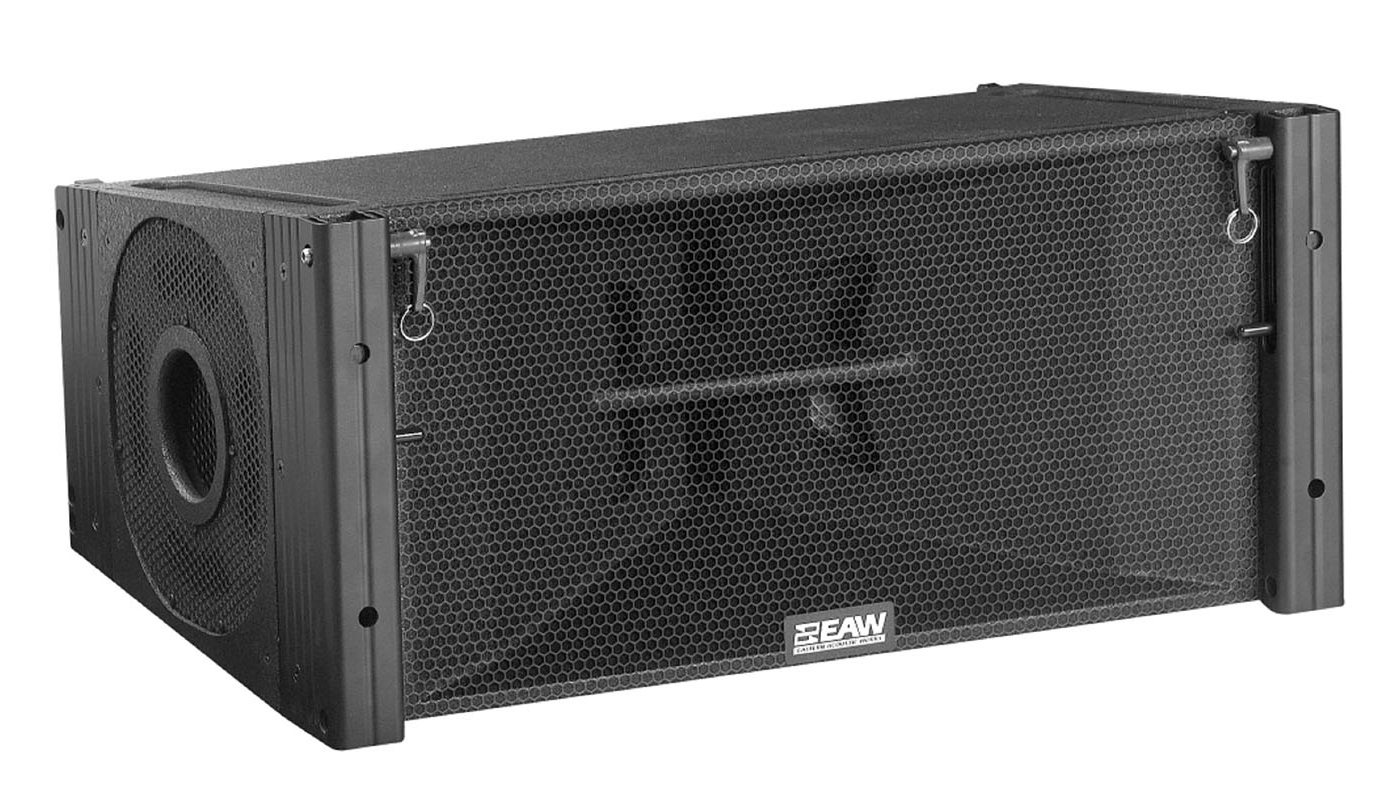the Best Array Speakers-Usedful

 |
Benefits of Array SpeakersArray speakers are a type of loudspeaker that uses multiple drivers arranged in a specific pattern to produce a more accurate, powerful, and immersive sound. They offer several benefits over traditional speakers, such as wider sound dispersion, better sound quality, and higher power handling. Array speakers are also more efficient and can produce sound at higher volumes without distortion. Additionally, they are often more compact and visually appealing than conventional speakers, making them an excellent choice for home theaters, gaming setups, and music rooms. One of the most significant advantages of array speakers is their ability to provide a more realistic and immersive listening experience. They can accurately reproduce the entire frequency range, from deep bass to crisp highs, resulting in a more natural and detailed sound. This is especially important when listening to music or watching movies, as it can bring out the nuances and subtleties of the sound mix. Furthermore, array speakers can provide a wider soundstage, making it feel like the sound is coming from all around you rather than just two speakers. Another benefit of array speakers is their flexibility and versatility. They can be used in various setups, from simple stereo systems to complex surround sound configurations. They can also be combined with subwoofers, center channels, and other speakers to create a complete audio system that meets your specific needs. Moreover, array speakers are often designed to look good and complement the decor of your room, making them a stylish addition to any home theater or entertainment space. In summary, the benefits of array speakers include:
Understanding the Components of Array SpeakersTo choose the best array speakers, it's essential to understand the different components that make up the system. The primary components of an array speaker include the drivers, crossover, and enclosure. The drivers are the individual speakers that produce the sound. In an array speaker, there are typically multiple drivers arranged in a specific pattern to achieve the desired sound dispersion and frequency response. The most common types of drivers used in array speakers are woofers, mid-range drivers, and tweeters. Woofers are responsible for producing low-frequency sounds, while mid-range drivers handle the mid-range frequencies, and tweeters produce high-frequency sounds. The crossover is a device that divides the audio signal into different frequency ranges and sends them to the appropriate driver. It ensures that each driver receives the correct frequency range, resulting in a more accurate and balanced sound. The crossover can be passive or active, depending on the type of array speaker. The enclosure is the box that houses the drivers and crossover. It plays a crucial role in the sound quality by reducing unwanted vibrations and resonance. The enclosure can be ported or sealed, and the size and shape can affect the overall sound of the speaker. In summary, the components of array speakers include:
|
 |
Considerations before Buying Array SpeakersBefore purchasing array speakers, there are several factors to consider to ensure that you get the best sound quality and value for your money. These include:
In summary, the considerations before buying array speakers include:
Types of Array Speakers: Active vs PassiveThere are two main types of array speakers: active and passive. The primary difference between the two is that active speakers have a built-in amplifier, while passive speakers require an external amplifier or receiver. Active speakers are a self-contained system that includes the drivers, crossover, and amplifier in a single unit. They are easy to set up and use, as you only need to connect the audio source directly to the speaker. Active speakers are also more compact and efficient than passive speakers, as they eliminate the need for a separate amplifier. However, they can be more expensive than passive speakers, and the built-in amplifier can limit the upgrade options. Passive speakers, on the other hand, require an external amplifier or receiver to power the system. They typically have separate components for the drivers, crossover, and enclosure, making them more customizable and upgradeable than active speakers. Passive speakers can also be more affordable than active speakers, as you can choose a separate amplifier that fits your budget and preferences. However, passive speakers can be more challenging to set up and require more space than active speakers. In summary, the types of array speakers include:
Choosing the Right Size and ConfigurationThe size and configuration of the array speakers can affect the overall sound quality and performance. The size of the driver and enclosure can determine the frequency response and power handling, while the pattern and arrangement of the drivers can affect the sound dispersion and imaging. When choosing the size of the array speakers, consider the size of your room and your listening habits. Larger rooms may require more significant speakers that can produce more power and volume, while smaller rooms may only need compact speakers that can produce accurate and detailed sound. Additionally, the size of the driver can determine the frequency response and bass output, with larger drivers typically producing more bass. The configuration of the array speakers includes the number of drivers, their placement, and the pattern of their arrangement. The most common configuration is the two-way array, which includes a woofer and a tweeter. However, there are also three-way and four-way arrays that include additional mid-range drivers for more accurate and balanced sound. In summary, choosing the right size and configuration of array speakers include:
Setting Up and Installing Array SpeakersSetting up and installing array speakers can be a straightforward process, but it's essential to follow the manufacturer's instructions carefully. Here are some general tips for setting up and installing array speakers:
In summary, setting up and installing array speakers include:
Maintenance and Care for Array SpeakersProper maintenance and care can help prolong the life of your array speakers and ensure that they continue to provide high-quality sound. Here are some tips for maintaining and caring for array speakers:
In summary, maintenance and care for array speakers include:
|
 |
Frequently Asked QuestionsQ: What is the difference between array speakers and conventional speakers? A: Array speakers use multiple drivers arranged in a specific pattern to produce a more accurate and immersive sound. They offer wider sound dispersion, better sound quality, and higher power handling than conventional speakers. Q: What is the difference between active and passive array speakers? A: Active speakers have a built-in amplifier, while passive speakers require an external amplifier or receiver. Q: What size and configuration of array speakers should I choose? A: The size and configuration of the array speakers depend on the size of your room, your listening habits, and your budget. Larger rooms may require more significant and powerful speakers, while smaller rooms may only need compact and efficient speakers. Q: How do I set up and install array speakers? A: To set up and install array speakers, choose the right location, connect the speakers to the amplifier or receiver, adjust the settings, and test the system.
Q: How do I maintain and care for array speakers? A: To maintain and care for array speakers, dust the speakers regularly, clean the drivers, check the connections, and avoid overdriving the speakers. |
